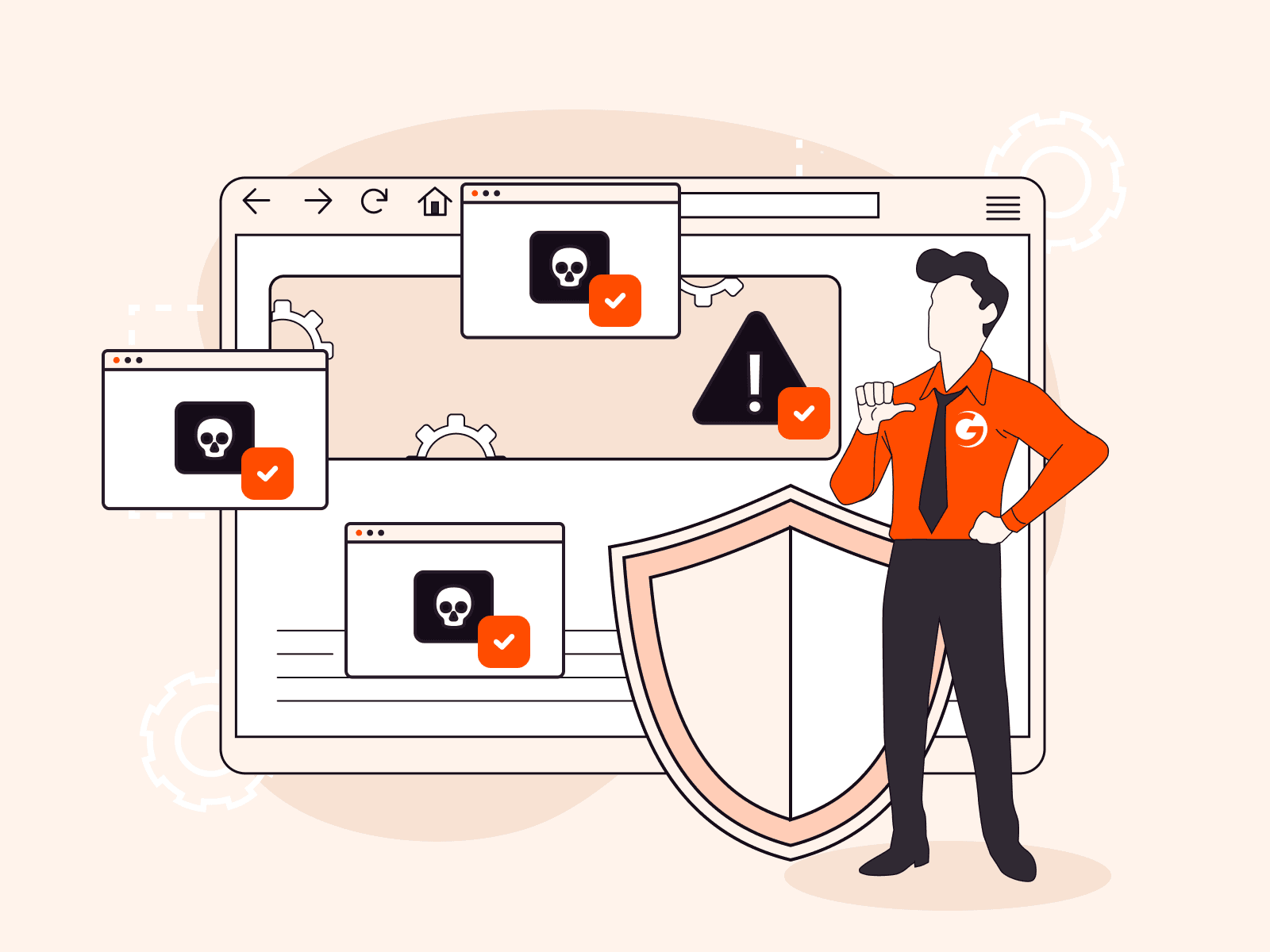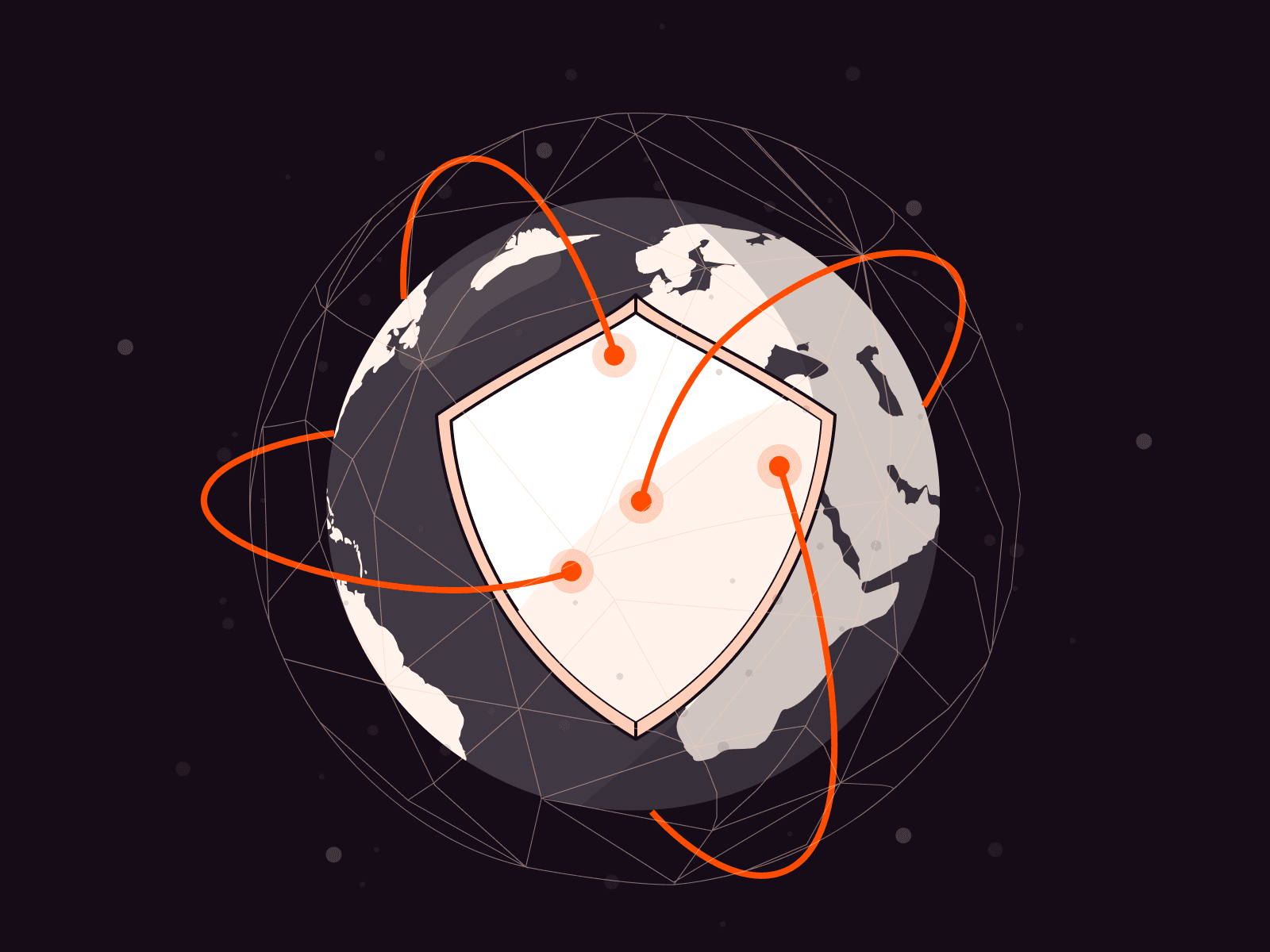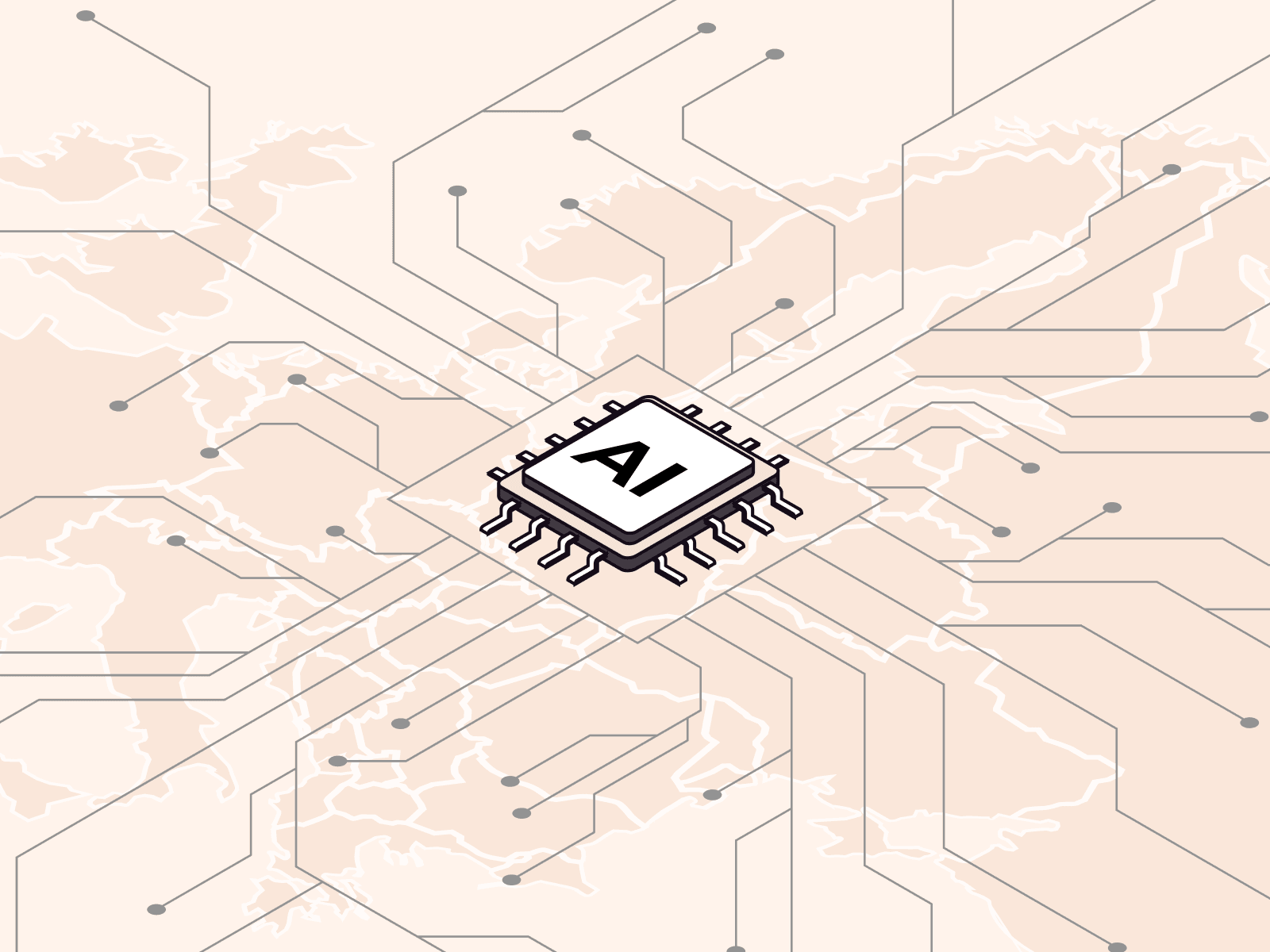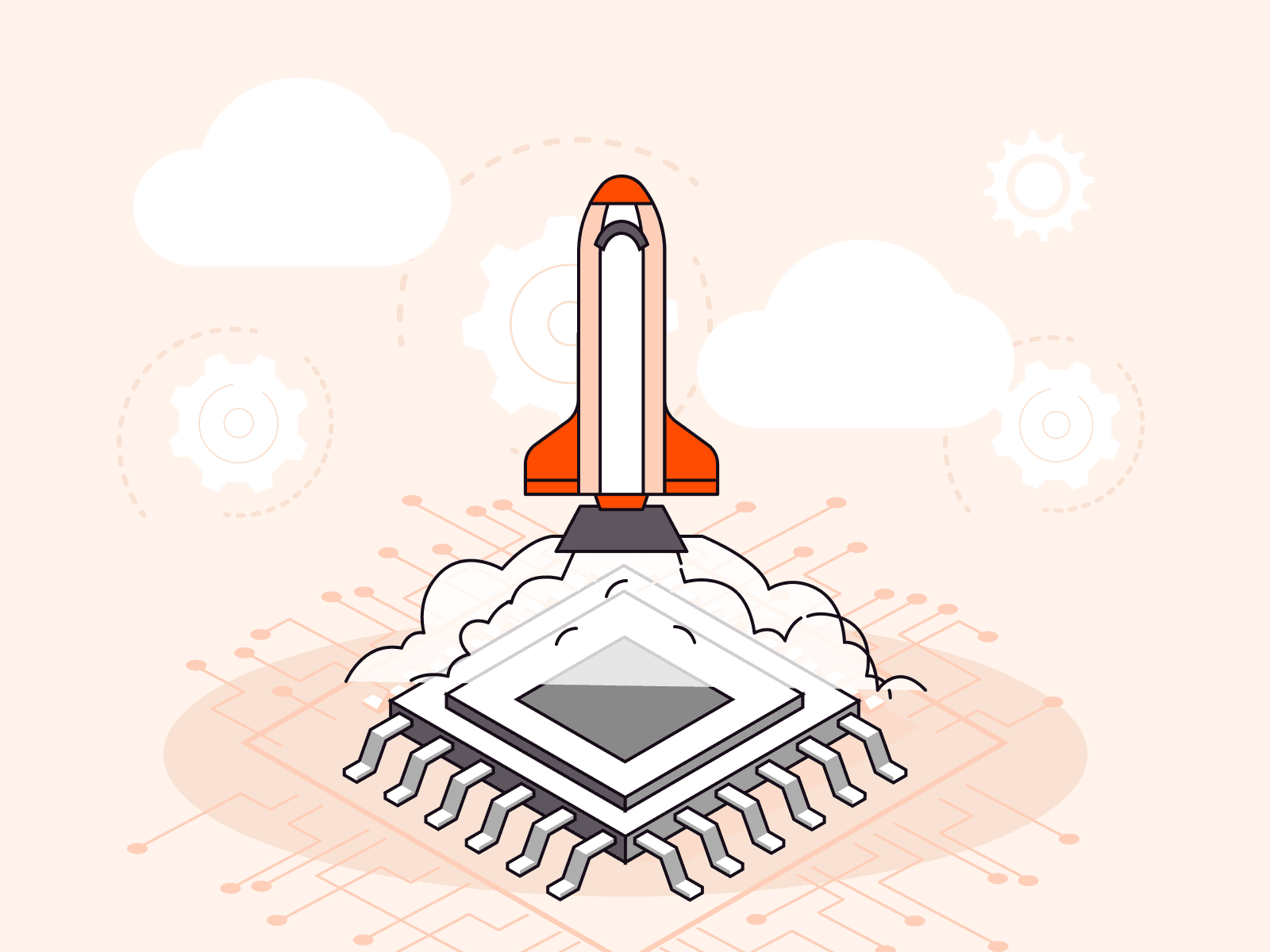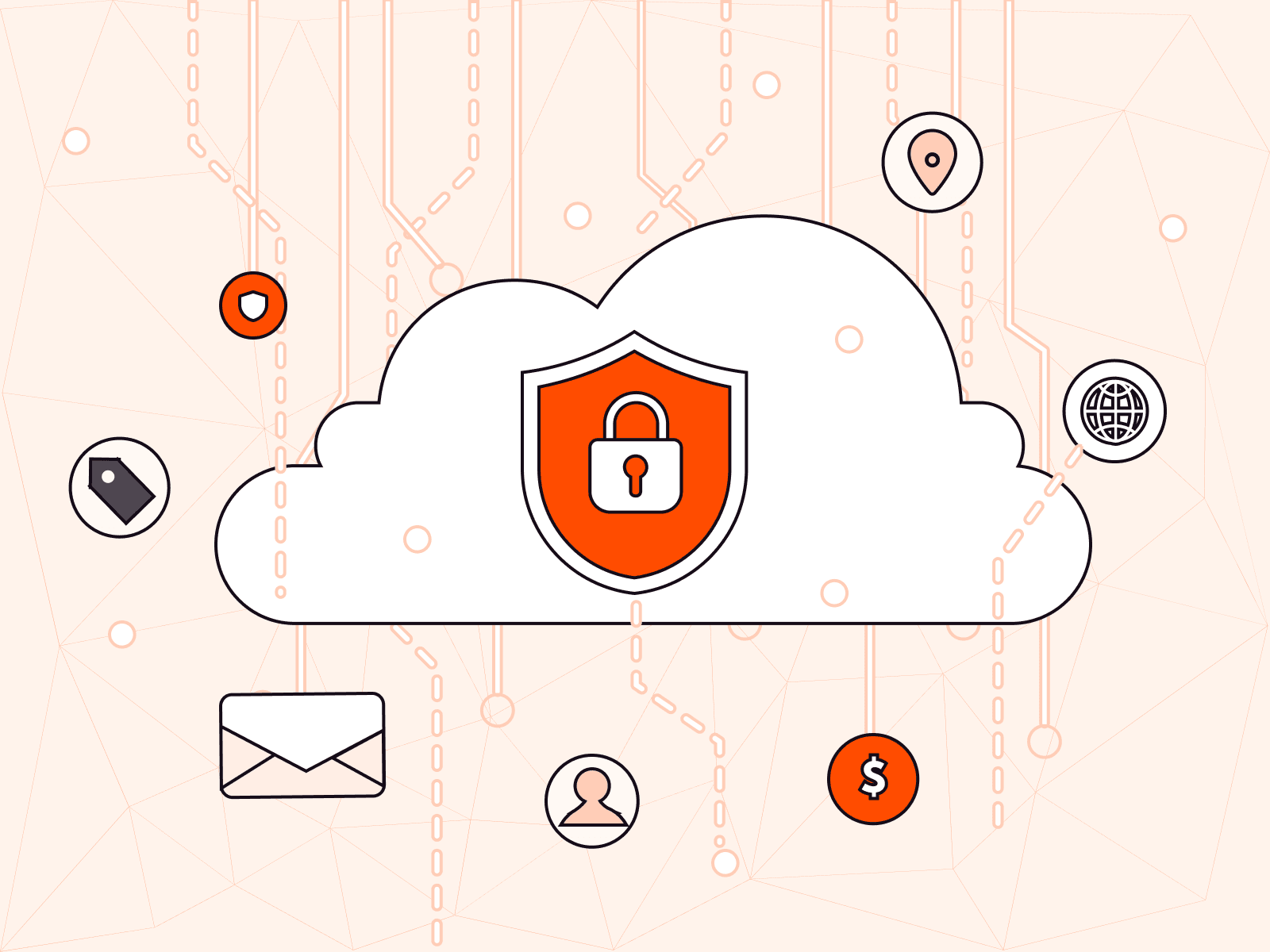Cybersecurity Without WAAP: The Devastating Reality of Web Attacks
- September 23, 2024
- 3 min read

The consequences of not implementing digital security are clear: data theft, downtime, lost revenue, and reputational damage. But what may be less clear at first glance is that the consequences of inadequate security are just as severe. Although organizations may be reluctant to embrace the latest innovations of an already saturated security industry, failing to utilize the advanced capabilities of security innovations can have catastrophic results. But how bad can it get? That’s what we’ll look at in this article.
Fortunately, WAAP has emerged as the latest security advancement, building on the capabilities of traditional solutions such as WAF (web application firewall) to provide advanced, multifaceted protection for web applications and APIs. Read on to discover how WAAP could have stopped recent major cyberattacks.
A Cyberattack Every 14 Seconds: The Impact on Businesses
Close to 4,000 cyberattacks occur daily, meaning that one occurs approximately every 14 seconds. From the straightforward to the complex, the spectrum of web attacks is vast and unrelenting and includes diverse attack types such as DDoS, SQL injections, and API abuse. Without the right security measures in place, these attacks can hit companies hard and result in devastating consequences.
While it may be tempting to believe that major attacks are only a threat to smaller companies, major players have all experienced significant breaches. No organization is immune, and organizations at every level are vulnerable. These breaches serve as warnings and prove that no one is safe from the realities of web attacks.
And what about smaller enterprises? The ones without the deep pockets to recover from a multimillion-dollar breach or attack? A single incident could be the final blow to small- to medium-sized organizations. Beyond the brutal financial consequences, which averaged $4.88 million per breach in 2024, consequences can be far-reaching, including the loss of customer confidence.
Examining the Real-World Impact of Cyberattacks
When a cyberattack strikes, the details that are publicized, the press releases, and the disclosed numbers barely represent the tip of the iceberg. Regulations such as GDPR, PCI DSS, and others may mandate disclosures, but these often only reveal as few details as possible. Beneath the surface are unseen details such as the data lost, the intellectual property compromised, and the business opportunities forever closed off. This is where the true damage lies.
Sony
In late 2023, Sony Entertainment disclosed that it had fallen victim to two data breaches, close to 10 years after another devastating breach caused significant damage to Sony, including multiple class action lawsuits, the resignation of high-ranking executives, and damage to brand reputation. The recent breaches were attributed to an SQL injection and resulted in the personal information of over 6,000 employees becoming exposed to the public.
This crisis could likely have been averted with the use of a strong WAAP solution. By offering real-time threat detection and mitigation, WAAP would have identified the SQL injection attempt and blocked the malicious activity before any data was compromised.
Imperva
In another significant example, digital security company Imperva experienced a data breach due to a simple misconfiguration in a cloud instance. In October 2018, attackers exploited this vulnerability, using an administrative AWS API key that had been left exposed. The breach wasn’t immediately understood, and it took months before the full extent of the damage became clear.
The attackers were able to exfiltrate sensitive information such as emails, encrypted passwords, and even customers’ API keys and TLS keys. This wasn’t just about data loss, it was about access. With those keys, attackers could potentially decrypt communications, access corporate applications directly, and inflict damage far beyond the initial breach.
For Imperva, a security company, the irony was bitter. The breach highlighted both the dangers of cloud misconfigurations and the critical importance of comprehensive security measures that a robust WAAP solution could have bolstered. In this case, a WAAP solution may well have prevented the breach by detecting the misconfiguration early and blocking unauthorized access.
Avoiding Complacency and Going Beyond Compliance
Complacency can be an expensive mistake in cybersecurity. Perhaps surprisingly, adhering to compliance standards simply isn’t enough to protect your business—it’s a bare minimum that still leaves you open to successful cyberattacks.
Compliance with regulations like GDPR and PCI DSS is essential, but utilizing the capabilities of solutions such as WAAP goes beyond simply ticking the boxes. WAAP takes a proactive approach to defense, anticipating threats, adapting before the attack occurs, and integrating multiple layers of protection that traditional methods cannot match. Zero-day threats, for example, evade traditional security measures because they’ve never been seen before. Regulations can’t account for these threats, but WAAP can.
Avoid Tomorrow’s Threats by Enhancing Security Today
Web attacks are relentless, and their impact is severe. The absence of a WAAP solution leaves organizations vulnerable and exposed to the full force of these threats. Whether it’s the immediate financial fallout, the long-term loss of trust, or the damage to your brand, the risks are too significant to ignore.
At Gcore, we offer a powerful WAAP solution that delivers the advanced protection needed in today’s hostile digital environment. By integrating WAAP into your security strategy, you can anticipate the threats of tomorrow while mitigating today’s attacks. Gcore WAAP anticipates, adapts, and protects, ensuring that your enterprise is resilient against unavoidable web attacks, keeping your business’ reputation and revenue secure.
Related articles
Subscribe to our newsletter
Get the latest industry trends, exclusive insights, and Gcore updates delivered straight to your inbox.

